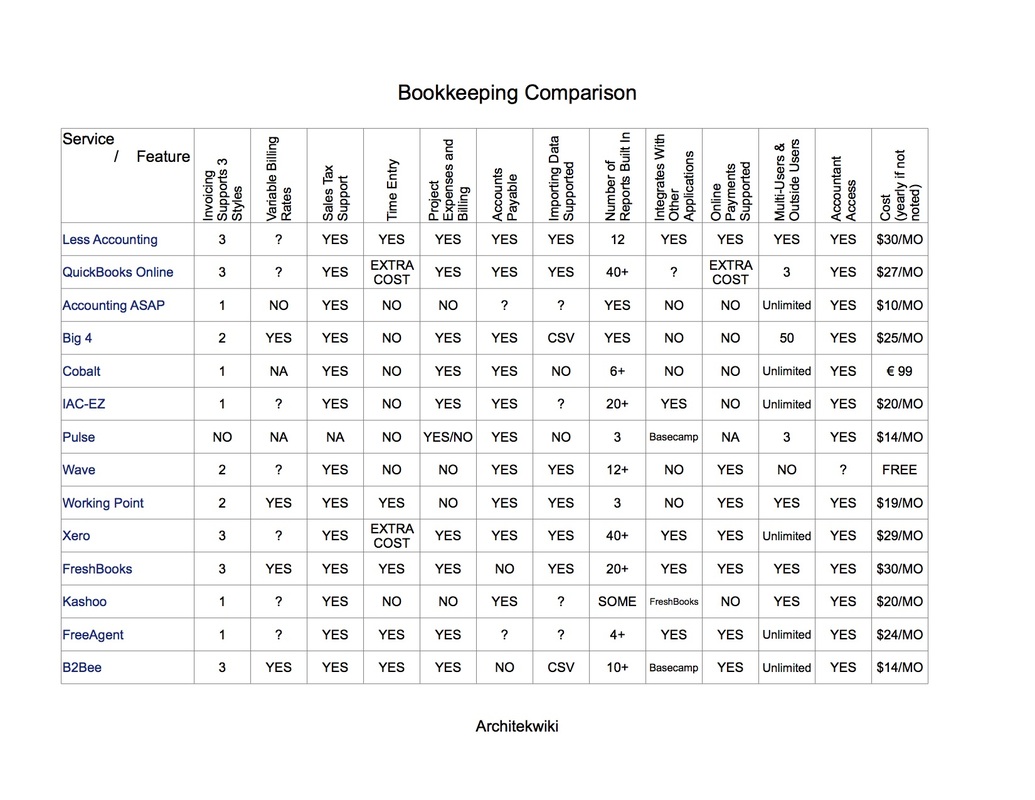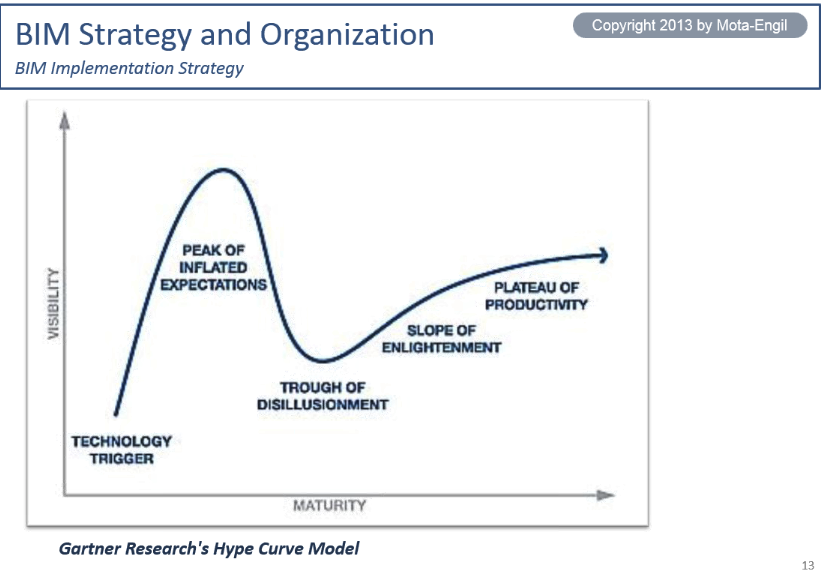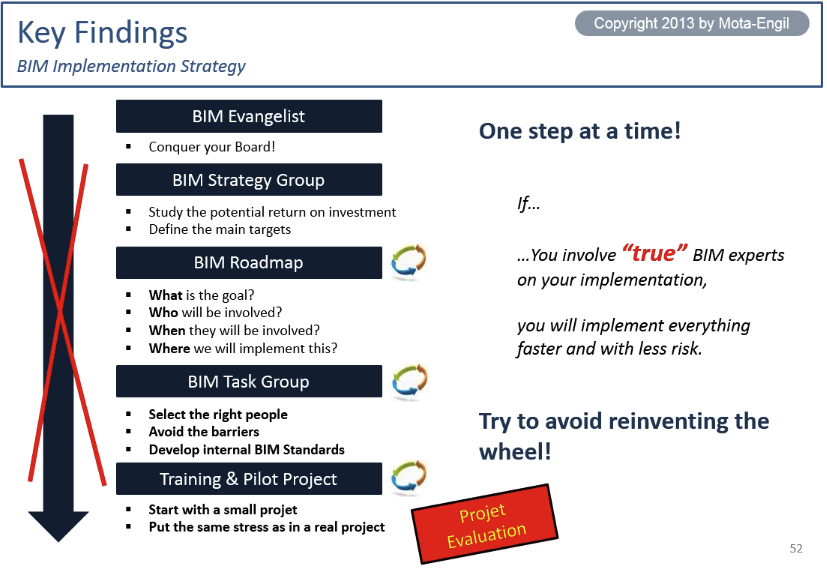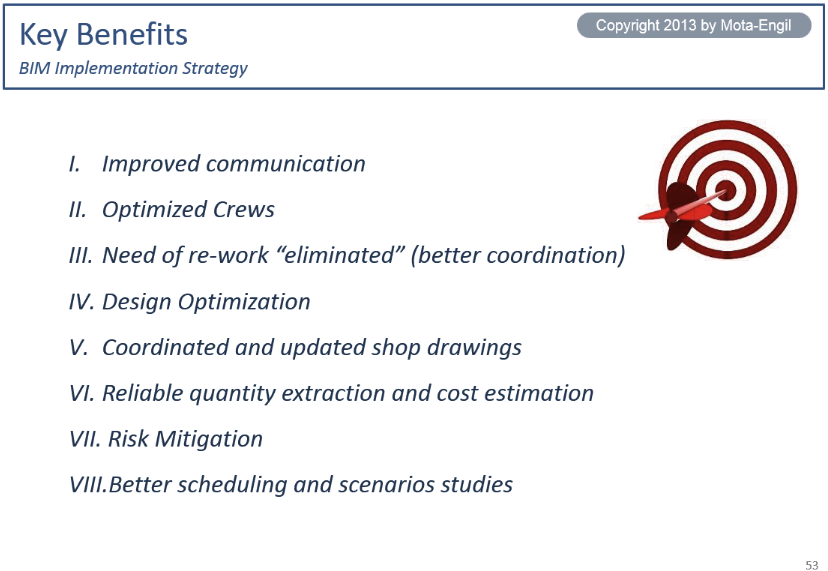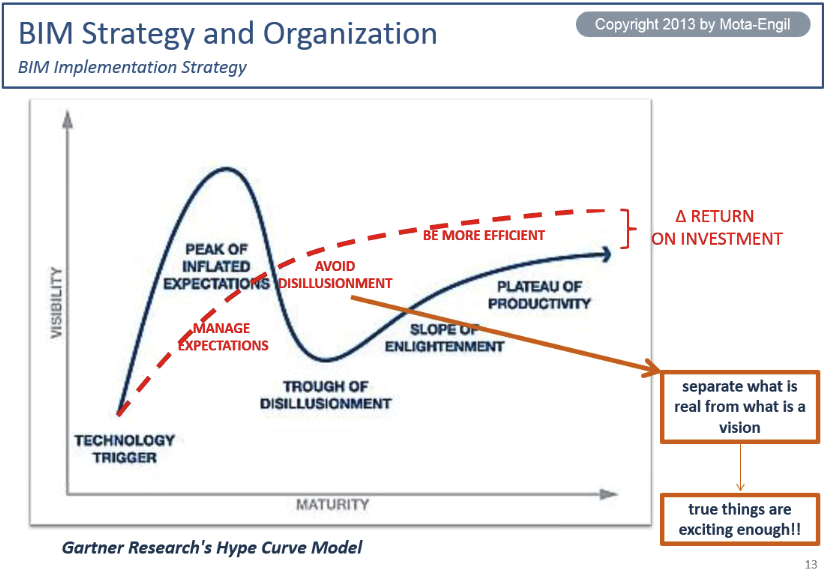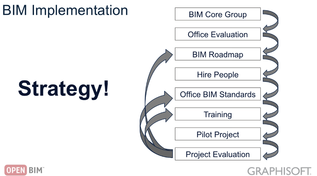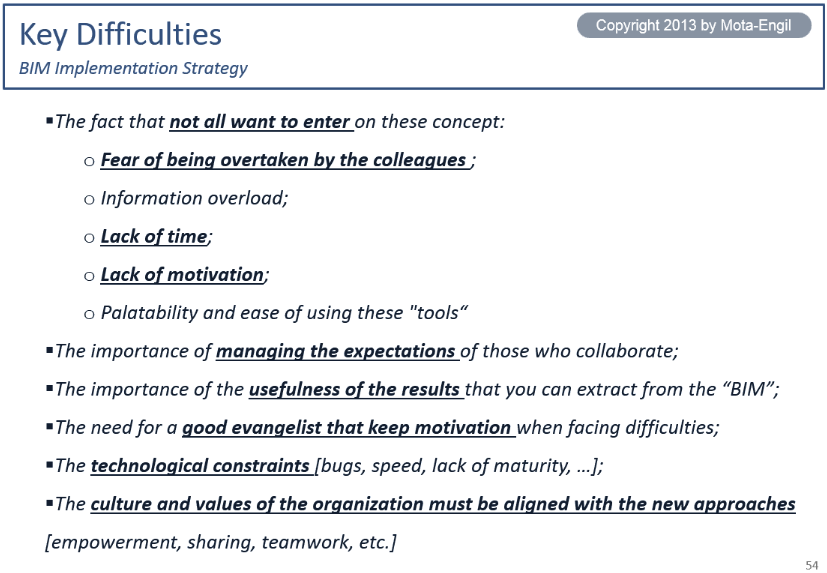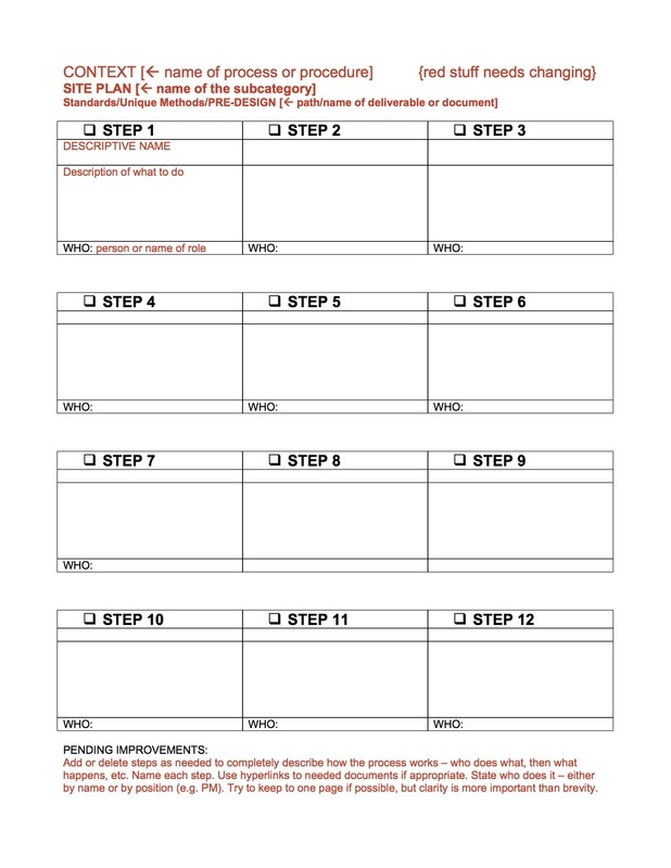|
This post is 8 years old, might be time to revisit this research. .  When you start to get frustrated with your simple home made bookkeeping system, check out this bookkeeping services comparison. I have used two of them, Cobalt and B2Bee, and experimented with trials on several others. In the chart below I have listed key criteria and what I could determine about how each service meets the criteria. All of the services are internet-based. No software to install and update. Most of the services have more than one plan. For comparison the least expensive plan that allowed unlimited clients was selected for comparison. A general problem with these bookkeeping services is that the content/layout of the invoice is pretty static. You can customize the look but not the fundamental way the invoice works. None have a layout that supports a fee as a percentage of construction cost. You can 'trick' some layouts into showing phases and decimal quantities with unit cost equal to the value of the phase's fee, but you are on your own and may as well be using a spreadsheet invoice. Here is the list of services and a brief statement about each of them. Bear in mind that I am an architect and not an accountant, and this is pretty subjective.
Nearly all of these services has some sort of limited free version or a trial version that allows you to try it out before having to commit. Even- after signing up, the majority allow cancellation at any time. The table below is downloadable as a PDF which has hyperlinks to the services compared. Here are links to the other Parts:
Part 1 - Invoicing Part 2 - Paying Bills Part 3 - A Simple System Part 4 - Other Accounting Issues Part 5 - Software Criteria Part 6 - Software Comparison  Accounting software becomes a good idea at some point for every firm. Creating and maintaining a series of spreadsheets to record invoicing and bill paying takes time, but is free. When time becomes more valuable than 'free', you are ready to take the next step - bookkeeping software. As a design firm you will need certain features. Here is what to look for. Invoicing that let's you structure invoices as hourly, lump sum, or percentage of construction cost. The ability to use a combination of invoice styles is a plus, but may not be critical if you only use one type of billing. Variable billing rates. We charge different rates for the same person depending on whether it is a few hours of consulting (higher), or an hourly rate for all of basic services (lower), or for additional services (in between). If you can't vary these rates by project, then you may have to reset the rate in the system between each invoice. Sales Tax set-up in billing. Although we are not required (yet) to charge sales tax on services, we use this feature to charge a 'tax' of 3% for incidental in-house expenses. This is much easier than tracking plots, photocopies, postage, local mileage and billing them as reimbursable expenses. Time entry system that can record whose time, which project and what task in addition to the number of hours. Expense recording that includes which project, the expense category, a description, which vendor, and the ability to bill the expense to the client with markup. Ideally this last criteria places the expense on the invoice too. Distinguishing between paid and unpaid expenses lets you manage your accounts payable. Importing of expenses and bank entries. This can be a big time-saver and eliminates typos. Running reports that include profit and loss at a minimum, but the more the better. Others that come in handy are Trial Balance, Balance Sheet, Expense Detail, Project Detail, Time Detail, and Client Listing. Integration with other applications. Basecamp is an example. Many bookkeeping services integrate with Basecamp and can import clients and time kept in the Basecamp system. Online payments supported. You can get paid faster, if your invoicing system can accept PayPal or similar payment services. Team-users so contract labor providers can enter time directly. Besides each employee being able to enter his own time in the system, it is nice to have any contract employees do the same. Accountant access means that you can set up your accountant to review your books online and make the occasional comment or correction. These are the main bookkeeping tasks that you would need or in some cases want. Payroll is not mentioned here because the complexity of doing your own payroll requires more manpower than you can justify until the size of your staff grows to over 25 in my opinion. Even then a payroll service makes everything easier. Next Up: Bookkeeping Software Comparison Here are links to the other Parts:
Part 1 - Invoicing Part 2 - Paying Bills Part 3 - A Simple System Part 4 - Other Accounting Issues Part 5 - Software Criteria Part 6 - Software Comparison  I attended a Building Information Modeling [BIM] Webinar yesterday that was sponsored by Graphisoft, developer of ArchiCad software. The main presenter was a representative of a construction firm from Portugal, Mota-Engil, who is entering their third year of using BIM and have completed over a dozen projects. I was surprised that the presentation wasn't a glowing sales spiel designed to 'sign you up'. Instead it was a no nonsense dose of reality explaining the real benefits but also the difficulty in making the changes needed to achieve them. The use of Gartner Research's Hype Curve Model (Figure #1) served to explain the root cause of the 'social' challenge BIM is facing. I think we have a way to go before we arrive on the 'slope of enlightenment'. This reminds me of the introduction of CAD in the mid-80s and the long haul to get any productivity from CAD much less enough to overcome the equipment costs and learning curves. Antonio Meireis, Mota-Engil, stressed the need to change the hype curve to the one seen in Figure #2 by managing expectations to avoid disillusionment that can be hard to recover from. Antonio spent most of his presentation sharing what Mota-Engil has learned over the past few years. Figure #3 shows a number of key steps in the implementation, but he stressed that the process is not linear because of the need to revisit the same tasks repeatedly until there is a consensus on how the firm will make use of BIM in a way that fits their culture to avoid rejection of critical aspects down the road. Graphisoft's graphic on BIM implementation strategy (Figure #4) shows similar steps. Each project undertaken becomes the basis for improvement of the process through evaluation and feedback loops. The recommendation that you form a core team of ten people was repeated several times. That gives you an idea of who they think can implement BIM - firms with more than ten people. (The majority of architects work in firms of less than ten people.) The payoff for implementing BIM is shown in Figure #5. As you can see, half of these benefits accrue to the contractor. I asked how they saw architects being compensated for taking on the additional work of using BIM to design the project. Surprisingly, the question was answered during the webinar, although vaguely: Somehow architects, perhaps through organizations like the AIA, should take the lead that being in charge of the BIM model bestows; and use this position of strength to improve the profession's standing so that architects can convince owners and contractors that the service is worth more than standard design. The final slide, Figure #6, was very surprising to see. You don't expect to be told about the downside. The English is a little rough, but bear in mind that Mota-Engil is Portuguese. I think the difficulties boil down to BIM being a major technological and social change where success can only be achieved by keeping your eye on the prize and constant cheerleading. I think we will start hearing less and less about BIM as we slide into the trough of disillusionment. Then a few years from now we will start hearing about the amazing cost savings being realized on some truly mega-projects designed and constructed by some truly mega-firms. Perhaps a generation from now we will be using BIM for everything including houses.  We once used a very sophisticated accounting system that could handle everything - time keeping, invoicing, print checks for expenses, manage accounts receivable and accounts payable, financial statements, project reports and on and on. Eventually the company wanted to phase the program out in favor of an internet-based alternative. We chose not to pay $12,000+ for the privilege of remaining a customer. Before we settled on our current system, b2bee we considered going to the opposite extreme. INVOICING Invoices were created from spreadsheet templates depending on the type of billing needed. Each project was set up with a customized template with names, addresses, and fee data. Each month the previous invoice was copied to a new tab in the workbook. The workbook also had a summary worksheet where we could keep track of dates, amounts billed, amounts paid, when paid. The summary could be quickly referenced to get total amount due and amount paid job-to-date for an accounts receivable report or a profitability calculation. TIME KEEPING Time keeping was also done by spreadsheet. A folder held each person's own time card spreadsheet. Checking the 'date modified' quickly tells you who is not up-to-date. Honestly the time card was the weak link in the system. Critical information was collected here, but it took too long to update the time card each month and too long to collect information from all the cards. The tool needs to be a shared database. The problem is that we couldn't find a ready-made solution that didn't cost as much as an accounting solution. Since we decided to create our own, we chose what we know - spreadsheets. I think a better solution would be a shared time sheet with the rows holding the person's name, the project ID, total time expense, total hours, and hours per day. The project ID could have a pull down selection so that it is easy to sort and get subtotals. BILL PAYING Paying bills and keeping accounts payable in front of you is pretty simple. If your checking account has an online portal with a bill paying option, you are most of the way there. Set up payees, then simply log in every bill when it comes in and set a date to pay it. Export the history quarterly for a permanent record of expenses and to add annotations where you need to attach project info category descriptions for tax preparation. You will need to do something similar if you use a credit card to pay some expenses. PAYROLL If, or when, you have employees; get a payroll service like ADP or Paycor. You can't begin to deal with all the tax withholdings, reporting, tax filings, W-2 preparation, etc. for the cost of the service. If you have a clerical person who does accounting, then with the right software you might find that it is better to do payroll in house. Normally the cost of staff time will exceed the cost of the service. Next up: Other Accounting Issues Here are links to the other Parts:
Part 1 - Invoicing Part 2 - Paying Bills Part 3 - A Simple System Part 4 - Other Accounting Issues Part 5 - Software Criteria Part 6 - Software Comparison  After the tasks associated with getting paid, the next-most important issue is paying your bills. Expenses fall into three classes - indirect, direct and reimbursable. Here are some examples of each class: INDIRECT - rent, phones, insurance, payroll DIRECT - consultants, payroll REIMBURSABLE - reproduction, travel, delivery, sometimes consultants Indirect Expenses can be thought of as expenses you will have whether you have any projects or not. It is ideal to keep expenses in this class to the absolute minimum. Since you don't operate on tax revenue like the government or on a venture capitalist's investment in your firm; when the work load gets light, you may be paying for the indirect expenses out of your own pocket. Pay these expenses promptly when they are due to protect your credit rating. Clients that don't know you may check your Dun & Bradstreet report. A bad report can scuttle your chances because as one client told me, "Company policy is to run the report on new vendors. Once we see bad news, no matter what the excuse is, how do we explain to 'corporate' that we ignored it." Payroll is technically split between indirect and direct expenses according to whether the time was spent on a paying client's project or not. However you will need to pay your employees whether you have been paid by clients. Tactically you are better to run your office 'about-one-employee-short' to keep the burden of light work loads and slow-paying clients under control. Use comp-time or overtime instead of extra people. Direct Expenses are expenses you only have because you have a project; but you do not bill separately for them. Consultants that are included in a lump sum fee are direct expenses. Pay these expenses when you are paid. Keeping track of these Accounts Payable is the forte of the more sophisticated bookkeeping systems. Keep your system simple until you can afford the professional software and the person to run it. Payroll was addressed above; however, you should track time spent on project work so that you have a basis for estimating fees in the future and for determining what work is profitable. Reimbursable Expenses are project-related like direct expenses, except that you bill for them in addition to your fee. Pay these expenses when they come due, except for the consultants, who you can pay when you are paid. When these expenses arrive, make sure you also log them into your invoicing system so that you are reimbursed for them. Now that we have covered money coming in and money going out, next is a Simple System for tracking the money in Part 3. Here are links to the other Parts:
Part 1 - Invoicing Part 2 - Paying Bills Part 3 - A Simple System Part 4 - Other Accounting Issues Part 5 - Software Criteria Part 6 - Software Comparison  Accounting is a necessary evil in an architectural office, any office really. Necessary because you need to know what's going on financially. Evil because you really can't find much enjoyable about the task. The critical task is getting paid. To get paid you need to send out invoices. To send out invoices you need to track everyone's time and percent completion of each project. Tracking time means turning in time cards daily. Yep, daily. Daily time cards are fundamental to knowing what's going on. Even on daily time cards there will be guessing. If you do time cards weekly, they represent even more and bigger guesses. If you do time cards less frequently, they represent only a vague similarity to reality. Inaccurate time cards is a problem because time gets assigned to projects that was actually spent somewhere else. You may think productivity is high when the reality is the opposite. Clients won't be happy paying lots more than is normal because time cards are padded by the individual who is trying to make himself look productive. You won't be happy to have the design budget on a project eaten up by all the hours 'worked' when there aren't deliverables to show for all that time. We went from twice monthly time cards, which was in synch with our twice monthly pay periods, to daily time cards on some guru's advice that we came across. The bitching was impressive. It lasted about a month. By then the realization sunk in that everyone was supposed to be logging their time every day anyway and that actually doing that logging daily eliminated the hour of panic twice a month when the payroll was being held up by late time cards being frantically fabricated. There are many internet based systems you can use so that time cards can be done almost anywhere. Someone needs to check a couple of times a week that the data is showing up. Some systems even alert you to late time cards. The next step is to put the process in place so that on the first day of each month preparing invoices starts, followed by reviewing of drafts, followed by printing/sending invoices by the third business day of the month - or sooner. This can be disruptive, but it has to be done to put your firm on a professional basis and to eliminate cash flow problems. When the money isn't coming in promptly after you earned it, you will find yourself talking to banks about a 'working capital' loan. Many people will tell you that this is normal. It is normal because so many businesses do a crappy job of getting paid. Bankers love when you share your profits with them. If at all possible, avoid borrowing money. When the economy tanks or your client cancels a project you will appreciate not having a banker to pay every month whether you have money coming in or not. Ironically, prompt invoicing is often hardest to do when you are the busiest and have the most to lose by not getting the invoices out. In a future post, we will cover selecting bookkeeping software. Here are links to the other Parts:
Part 1 - Invoicing Part 2 - Paying Bills Part 3 - A Simple System Part 4 - Other Accounting Issues Part 5 - Software Criteria Part 6 - Software Comparison  6 Building Blocks for Communicating Your Value Proposition (Borrowed from The Rain Today Blog by the Rain Group) http://www.rainsalestraining.com Even when people know their value, many find it difficult to describe it. Let’s say someone asks you the simple question, “What do you do?” How do you answer? Of course, you need to get your value across, but as we note here, when communicating your value proposition, you don’t want to deliver the same canned speech for everyone. What you need to do is first craft, then learn to deliver specific nuggets of information you can use to get your value across. Put all these nuggets together, and you have what we call a value proposition positioning statement. A value proposition positioning statement is a compelling, tangible description of how a company or individual will benefit from buying from you. For example, we might start ours with, “We at RAIN Group help companies to improve their sales performance. If you want your salespeople, professionals, and leaders to sell more, we can help.” This is the umbrella under which we operate. It’s a nugget of information we use in the early part of conversations. And it’s an important nugget as it’s the ultimate reason why clients eventually hire us! But there is always a set of factors and specifics that sway them to choose us versus:
To get a full picture of your value across, you need to be able to cover 6 areas, including:
Then forget it. At least, forget delivering it in one slick mini-speech. If you deliver all six of the building blocks in one big long breath, the person you’re speaking to will be thinking “elevator pitch…here it comes.” Often they’ll tune out. When you introduce yourself and someone asks you, “What do you do?” The best thing to do is start with a few important nuggets that can help you get a conversation flowing. We started our example with, “We at RAIN Group help companies to improve their sales performance. If you want your salespeople, professionals, and leaders to sell more, we can help.” We didn’t yet cover the target market, impact, our distinctions, proof of concept, and so on. When it’s time, we can and we do! But we do it as the conversation unfolds. We might start here and then ask the other person, “That’s us in a nutshell. What do you do?” and they’ll answer, often following our lead and keeping it short. Then we ask questions to learn more. In the natural flow of conversation, we’re likely to learn enough to share (and customize!) relevant details that will continue to position our value. As well, ask someone something and they’ll often turn the question right back at you. For example, you might ask, “Can you share with me any specific examples? And curious to know as well how it panned out.’ Then they’ll tell you the story and say, “What about you? Any examples in my industry?” And you can hit the rest of the building blocks as you continue along in your great conversation.  Unique Methods is a concept that I learned from The Strategic Coach, Dan Sullivan. Everyone has processes that are unique to them. No two people go about writing a specification exactly the same, for instance. There are three main benefits to identifying your unique methods.
You can choose to do this solo, or you can get a group together and tackle the project together. There is no end to what you can think through this way. To give you an idea, here are some of the processes in our firm that we documented.
Another article on Unique Methods. Updated October 14, 2013  Part of the firm’s knowledge is how to work with specific clients and consultants. We normally store project work in Dropbox, where we all have access to it. The folder structure looks like this: PROJECTS CLIENTS PROJECTS This gives us a place to store all the projects for each client in close proximity, which is handy for finding details that can be re-used, or other things that are specific to that client. One of those things is a “Lessons Learned” checklist that we file in the CLIENT folder. Pausing at the completion of each phase of work just long enough to collect a list of how this client works is really helpful for the next design team who works for them. Here is a recent example we assembled while working with a first-time client. Example Client - Lessons Learned (date) Lessons learned about working for Example Client: 1] The "Owner" will be called something else. 2] They will submit for permits. 3] They may or may not require cost estimating. 4] The contract has very little to do with how they actually work - more informal. 5] Count on a rushed design period. 6] They treat rental units differently than units for sale. They are much more concerned about doors, windows, hardware, cabinets, if it is a rental unit. 7] They do not write the General Requirements, but everything else in the Front End documents they prepare. 8] Make sure they have an accurate list of allowances for their bid form. They usually have testing done by the Contractor under an allowance ($5,000?). 9] They will issue addenda, but we put it together in our format. 10] Project will probably have to go to City for a Historic Preservation review that we must take care of. Do as soon as a concept drawing is available. You can do something very similar with your consultants for the benefit of new hires or just to collect info about what it is like working with them (time to try out an alternative?). Both of these lists could also be stored in your IntraNet if you have one. We prefer this type of info to be right where you will see it in the normal course of things. |
x
Archives
February 2024
Categories
All
|
Architekwiki | Architect's Resource | Greater Cincinnati
© 2012-2022 Architekwiki
© 2012-2022 Architekwiki
